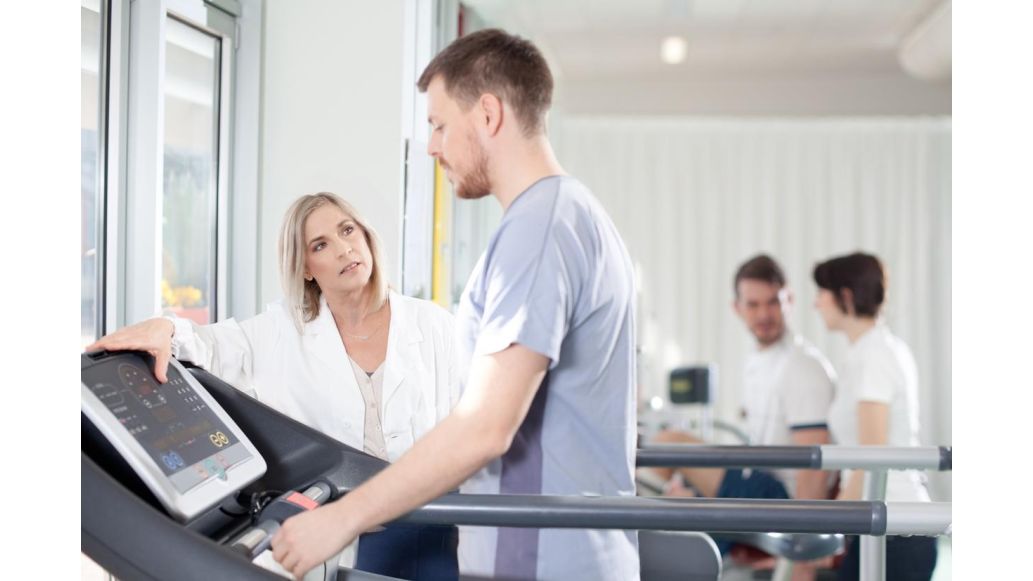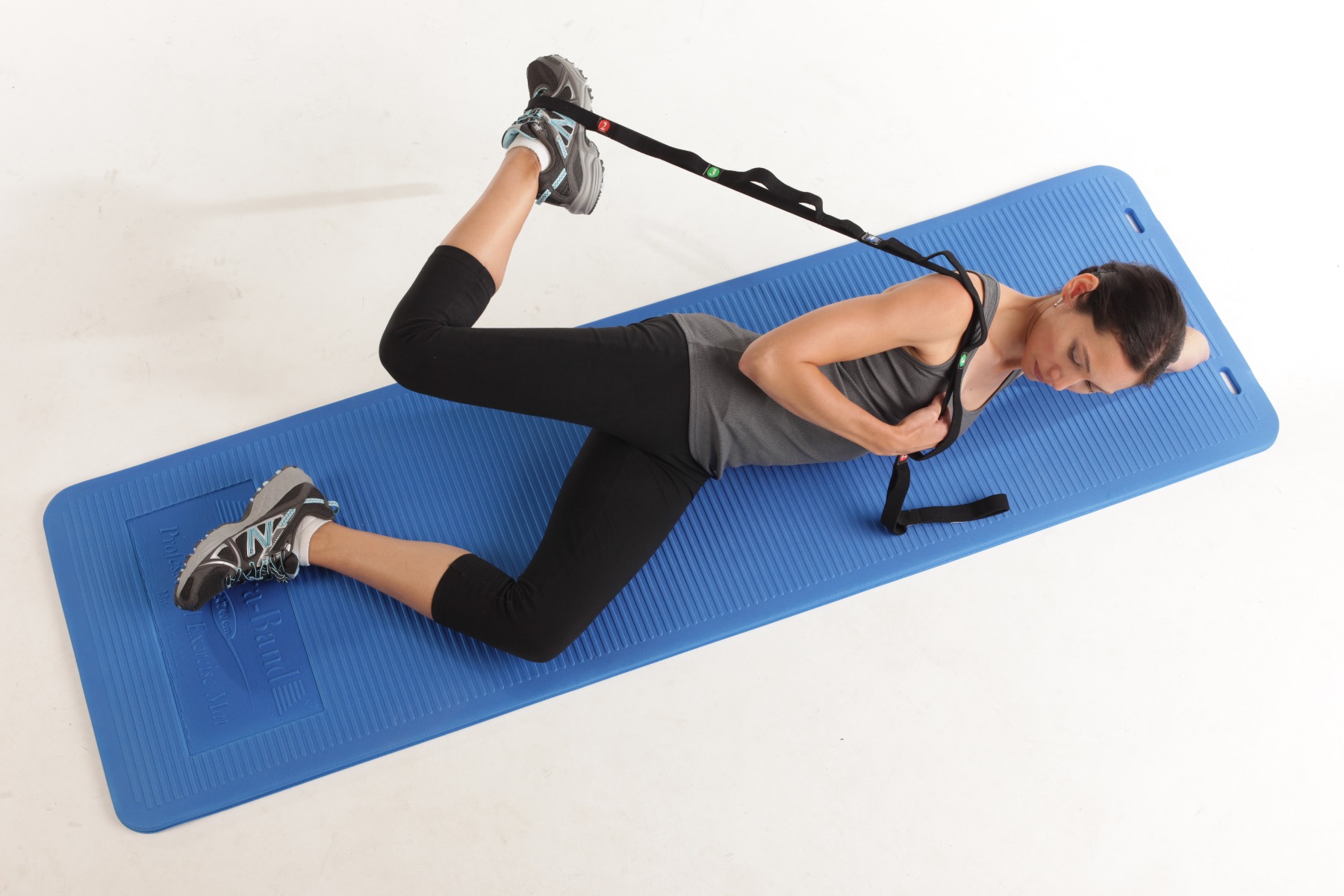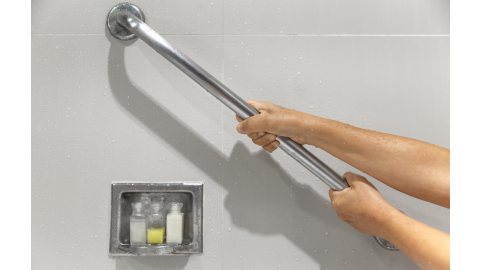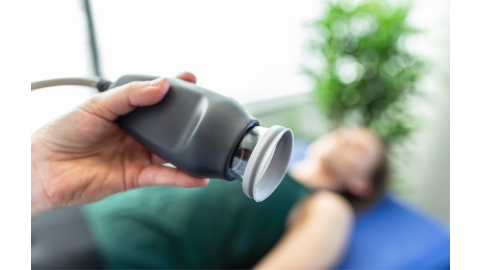Cardiac rehabilitation is a program designed for people with heart problems. It helps you improve your cardiovascular (heart) health through proper nutrition, exercise, and stress relief. Get your heart pumping and improve your health with this key component of cardiac rehab, exercise!
Stretching Exercises
Cardiovascular Exercises
Strengthening Exercises
Benefits of Exercise
- Decrease LDL cholesterol
- Lower blood pressure
- Reduce stress
- Control body weight
- Improve your quality of sleep
- Reduce your risk of depression
- Improve your memory
- Reduce your risk of dementia
- Makes you feel good about yourself
Studies show that people with heart disease who are also physically fit live a longer, better quality of life and have fewer heart attacks than people with heart disease who are not fit.1
Even people with risk factors (high cholesterol, high blood pressure, diabetes, etc.) who are physically active have lower death rates than people without the risk factors who aren’t physically active.1
Start working out and living a healthier life today!
Is exercise safe for people with heart problems?
For most heart patients, exercise is not only safe, it’s an important part of your rehab treatment.2 Make sure you get your doctor’s approval before beginning an exercise regimen.
Your doctor may have you complete an exercise stress test to determine what kind and level of exercise is right for you. During the stress test, you will wear a heart monitor and walk on a treadmill that gradually increases in speed and incline. Afterwards, you will have your heart and blood pressure checked and your doctor will determine a safe level of exercise for you.
During cardiac rehabilitation, your workouts will be done under the supervision of a physical therapist, exercise physiologist, or nurse. The medical professional will guide you through specific exercises and monitor your vitals.
As you progress through your rehab, you will start to perform the exercises more independently, preparing you for eventually performing them at home after your rehab program has ended.
4 Safety Tips for Working Out with a Heart Condition
- Always check with your doctor before starting an exercise program
- Follow your doctor’s instructions on monitoring your heart rate and blood pressure
- Warm up and cool down before and after exercise
- Watch for warning signs that you’re working too hard, including3:
- Feeling lightheaded or dizzy
- Extreme shortness of breath
- Fast or uneven heartbeat
- Extreme tiredness after exercise
- Angina (squeezing, burning, or pressure under the breastbone that may move to the arm, shoulder, back, throat, or jaw)
Cardiac Rehabilitation Exercises
Your rehabilitation exercises will consist of three key parts: a stretching/warm up portion, cardio exercises, and strengthening exercises. Here are some sample exercises that you may do in rehab or incorporate into your program at home.
Stretching Exercises
A proper warmup is important before you start working out. Prepare your muscles by taking a 5-10 minute brisk walk or jog so your muscles are “warm” before stretching. Stretch to keep your muscles flexible with these TheraBand Stretch Strap exercises. The strap is a great aid for dynamic contract-release stretching.
Hamstring Stretch
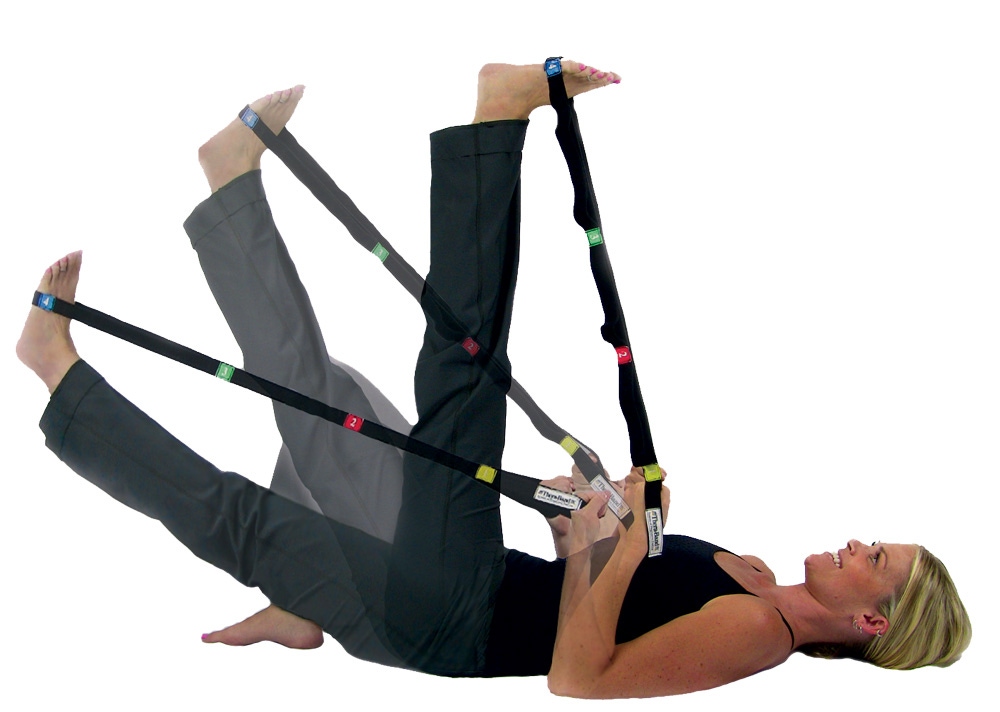
- Lie on your back with one knee bent
- Place your other foot in a loop in the Stretch Strap, holding the end of the strap in both hands
- Keep your leg in the strap straight and push your foot down against the strap’s resistance
- Then breathe out and pull the strap and your leg toward your head to stretch your hamstring
- Repeat 3 times
Hip Flexor Stretch
- Lie on your side bending your knee that is on the floor
- Place your other foot in the end loop of the TheraBand Stretch Strap
- Grasp the other end of the strap from over your shoulder
- Lock your knee, then pull your hip and thigh forward against the strap
- Then breathe out and pull on the strap to bring your hip backward to stretch your hip flexors
Cardiovascular Exercises
After you warm up and stretch, you’ll be ready to tackle cardio exercises. These aerobic exercises get your heart to pump harder and faster and strengthens your heart muscle.
Get started with these exercises that you can perform in rehab or at home.
- Walk
- Jog
- Run
- Swim
- Bike
- Dance
- Jump rope
- Row
- Use an elliptical machine
- Play active sports (tennis, soccer, basketball, etc.)
Strengthening Exercises
Strengthening exercises keep the rest of your body in shape and increase your strength for every day tasks (like opening a jar or carrying groceries).
Get started by following along with this Cardiac Rehabilitation Theraband Resistance Training video from Ransom Memorial Health. All you need is a latex-free TheraBand CLX Resistance Band.
Solutions for Common Barriers to Working Out
Do you struggle to achieve your exercise goals? Maybe you think you don’t have enough time. Or maybe you’re bored with your typical routine. These tips can make it easier for you to achieve your fitness goals.
- If you aren’t used in the habit of regularly exercising…
- Keep your gym clothes in your car or on your desk so you can see them and be reminded
- Set a reminder on your phone
- Sign up for an exercise class that meets at a set weekly time
- Reward yourself when you meet your physical activity goals (a new book, a massage, a manicure, a concert)
- If you don’t have enough time…
- Break down your exercise time into shorter 15 minute sessions and spread them throughout your day
- Give up one TV show and spend those 30 minutes exercising
- Go workout on your lunch break before eating your lunch
- Add physical activity to your regular routine, for example, go for a walk with your friend instead of meeting for coffee
- If you don’t feel well…
- Make an exercise plan as soon as you’re ready to leave the house
- Start light and gradually increase your level of exercise to your usual level
- If you’re injured or have pain…
- Get treatment for your injury
- Switch to another activity that doesn’t aggravate your injury, try low-impact options like swimming and bike riding
- If you have arthritis pain, try exercising in warm water
- Ask your doctor what kinds of exercise you can do
- If you’re bored with exercise…
- Switch it up by trying a new activity or exercise class
- Exercise Physiologist and group fitness instructor, Jackie O'Leary, recommends a group fitness class for accountability and as a way to change up your pace. Her advice: “Let your group fitness instructor know that you might be making some modifications to their class due to your heart condition. This lets the instructor know that you might not be on the same pace as everyone else, but that you care about your fitness by showing up and still working hard.”
- Grab a friend and work out together
- Take a new route when you go for a walk or biking
- Exercise while watching TV
- If you’re always on the go, travelling for work or leisure…
- Take your workout clothes with you
- Use your hotel’s pool and gym
- If your hotel doesn’t have a gym, ask if they have privileges at a nearby health club
- Walk around during meeting breaks
- Perform stretching and strengthening exercises in your hotel room
- See if your hotel is near walking trails or offers bikes for free or rental use, then find a buddy and get outside
Exercise is Just One Part of Cardiac Rehab
Exercise is only one part of a heart healthy life, you will also learn proper nutrition and tips for stress reduction during your cardiac rehabilitation. Make sure to talk to your doctor about getting a referral for cardiac rehab so you can learn all about these healthy habits. And don’t forget, before you start a new fitness program, get approval from your medical professional. Start taking steps toward your heart-healthy life today!
References
- American Heart Association. (2016). What's the Link Between Physical Activity and Health?. Retrieved from https://bit.ly/2WFQhnW
- American Heart Association. (2018). Frequently Asked Questions About Physical Activity. Retrieved from https://bit.ly/307bBkc
- American Heart Association. (2018). Be Safe While Being Active. Retrieved from https://bit.ly/2JfA3sY
Medical Disclaimer: The information provided on this site, including text, graphics, images and other material, are for informational purposes only and are not intended to substitute for professional medical advice, diagnosis or treatment. Always seek the advice of your physician or other healthcare professional with any questions or concerns you may have regarding your condition.

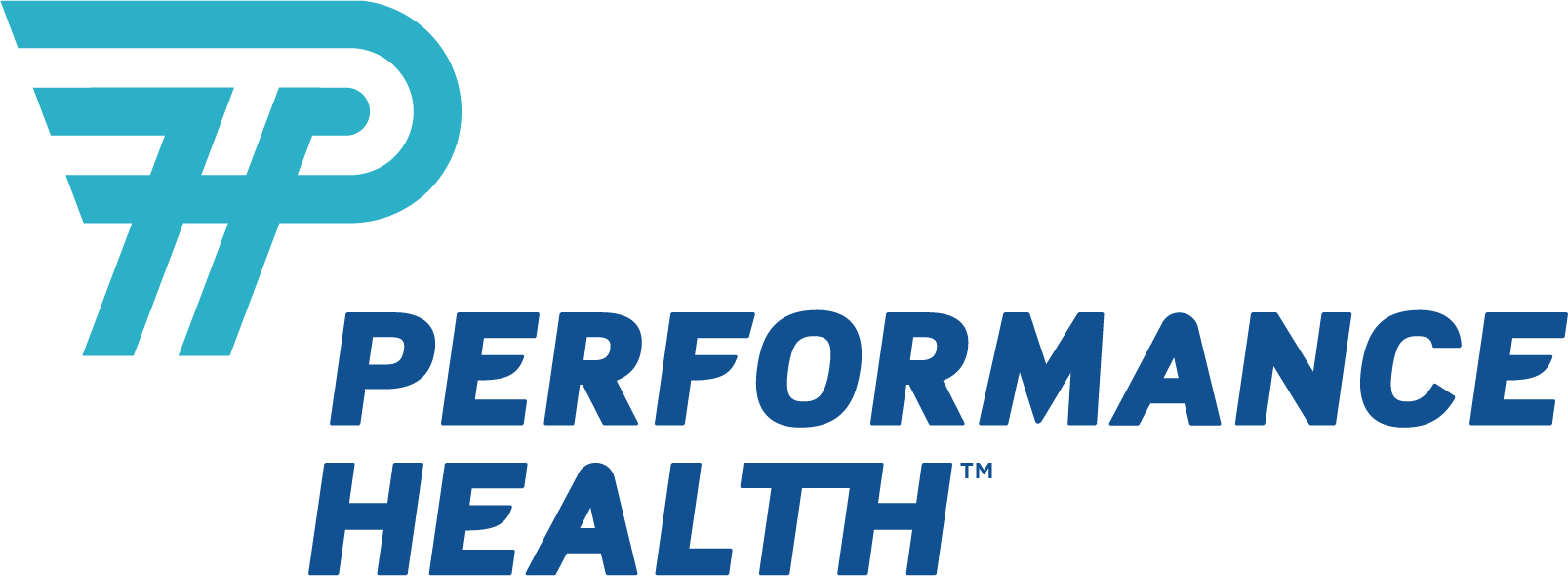






 France
France Australia
Australia